In recent days, the situation on the Russian-Ukrainian battlefield has undergone major changes, with a battle taking place silently 40 km from the front line. The Russian Armed Forces (RFAF) conducted an effective raid using FPV UAVs, dealing a devastating blow to the logistical supply line of the Ukrainian Armed Forces (AFU).
In the battle on May 17, the Russian military successfully used FPV UAVs to extend an unprecedented attack range of up to 40 km behind the front line. This breakthrough was thanks to RFAF’s improved guidance signal relay technology, which allows FPV UAVs to maintain precise control at such a long distance.
The Russian Military Review website reported that RFAF FPV UAVs began hunting down AFU vehicles on the Kramatorsk-Dobropillya highway, west of Donetsk, 40 km from the front line. Ukrainian media reported that AFU movement along this route was becoming problematic, while it was the AFU's main logistical route south of Donetsk.
In a fierce battle that lasted up to 5 hours, the Russian FPV drone moved through the Ukrainian army's defense gaps like a ghost and fiercely attacked the Ukrainian army's logistics convoy; surprising the AFU commander, who had no solution to counter it.
According to footage recorded at the scene, the AFU logistics supply convoy was suddenly attacked without any resistance. The Russian FPV UAV, with its flexible maneuverability and precision strike capabilities, carried out suicide attacks on motor vehicles on the road.
In an instant, flames were rising high on the road and explosions were heard one after another. AFU logistics vehicles were hit one after another and caught fire, and the smoke column could be clearly seen from several kilometers away. In a short time, the entire convoy fell into chaos, with wrecks scattered all over the ground, and Ukrainian soldiers running in all directions, but could not avoid the continuous attacks of FPV UAVs.
The Russian Ministry of Defense later announced that the attack had successfully destroyed several Ukrainian AFU logistics vehicles. The impact of the attack was far-reaching, as RFAF frontline intelligence showed that the supply of AFU forward units in the area was facing serious difficulties.
According to the Russian Military Review, the RFAF began to use long-range attacks on the AFU's rear with improved FPV UAVs, and targets located 30 and 40 km from the front line were no longer peaceful. Previously, the maximum operating range of Russian FPV UAVs was only 25 km.
Thus, the route from Kramatorsk to Dobropolye, which supplies supplies to the Ukrainian military group, including the Pokrovsk and Kostiantynivka defense groups, will no longer be safe, as these FPV UAVs can attack even mobile targets.
According to Ukrainian sources, the RFAF has recently significantly increased the operational range of its UAVs on the front line, operating mainly along the line of contact. This is achieved by using a “mother UAV” method, carrying a number of “child FPV UAVs”.
The “mother UAV” has the ability to “carry its child” far away, and at the same time acts as a “transfer” vehicle for signals from the ground control station to the “child” FPV UAV. The upgraded Molniya FPV UAV and Tyuvik FPV UAV are capable of countering electronic warfare systems; thanks to the “mother UAV”, the two types of FPV UAVs above are capable of attacking targets at a distance of more than 30 km.
Earlier, Ukrainian soldiers said that RFAF FPV UAVs were now “controlling the situation” in Konstantinovka, attacking positions and hunting Ukrainian soldiers, making them rarely dare to leave their shelters. Russian FPV UAVs have also begun approaching the city of Zaporozhye; however, these are only disposable FPV UAVs, not tactical reconnaissance UAVs.
At the same time, in the early morning of May 18, the Ukrainian capital Kiev also suffered the largest airstrike in recent years. When the RFAF launched 273 modified Geran-2 and Geran-3 suicide UAVs, focusing on attacking the city of Kiev and surrounding military targets; especially the Vasilykov Air Base in Kiev Oblast.
As the main site of the Patriot air defense system, tasked with protecting the capital Kiev, the base suffered heavy losses in the airstrike. Data from the US satellite monitoring system showed that after the UAV attack, Vasilykovo airport was engulfed in flames and severe explosions, and the fighter jet parking lot and ammunition depot at the scene were almost leveled. Ukrainian fighter jets have completely withdrawn from the airport, including F-16s, Su-27s, MiG-29s and other aircraft.
On May 17, Russian Aerospace Forces Su-34 fighter jets also bombed the city of Pokrovsk in Donetsk Oblast, using FAB-1500 guided glide bombs. This series of coordinated military operations demonstrated the RFAF’s strong combat capabilities and diverse tactics at the current stage.
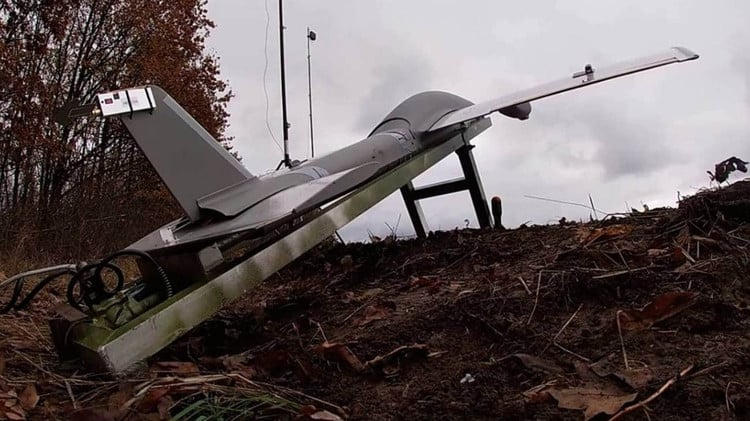
FPV UAVs are playing an increasingly important role in modern warfare due to their low cost, high flexibility and powerful strike capabilities. In the face of this new type of tactical attack by the RFAF, how the AFU can strengthen its air defense capabilities and protect its logistical supply lines will become an urgent issue to be solved. (photo source Military Review, Ukrinform, TASS).
Source: https://khoahocdoisong.vn/uav-fpv-cua-nga-xam-nhap-sau-40-km-vao-hau-phuong-ukraine-post1542449.html


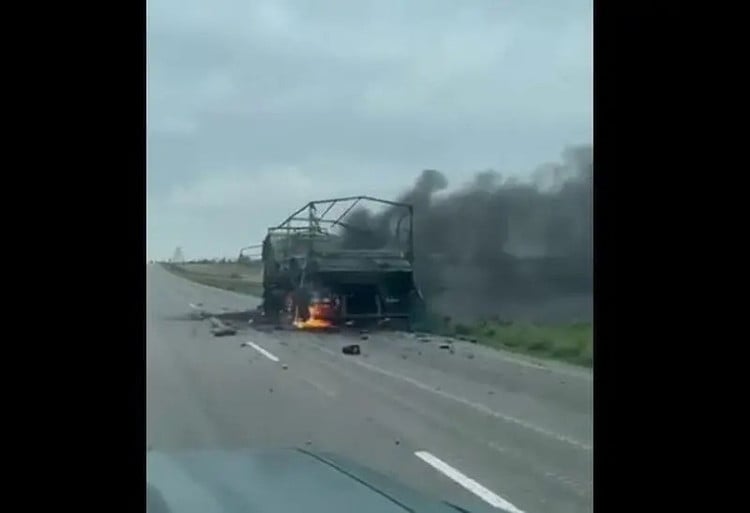
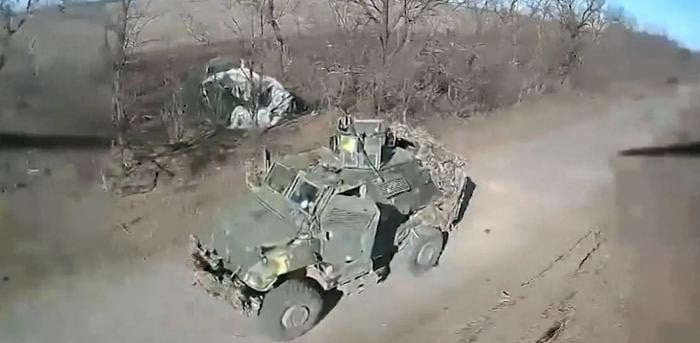
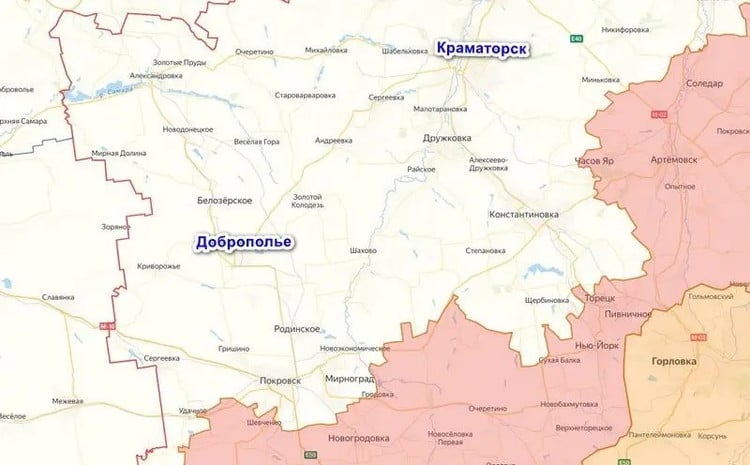
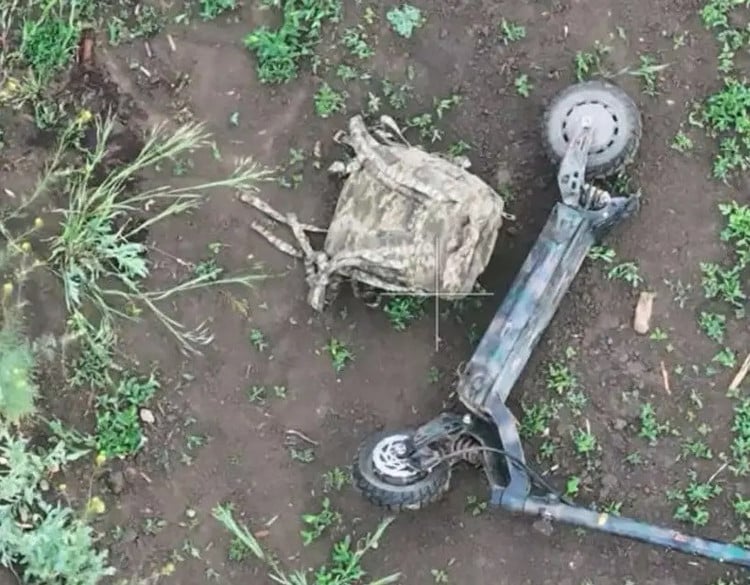
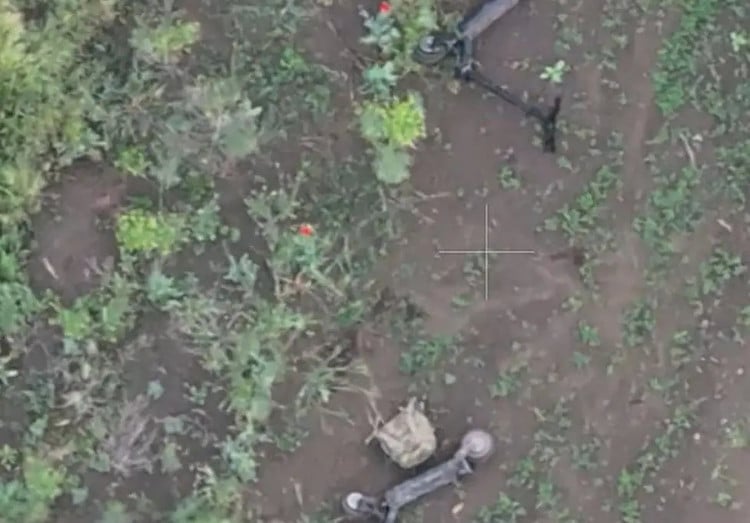
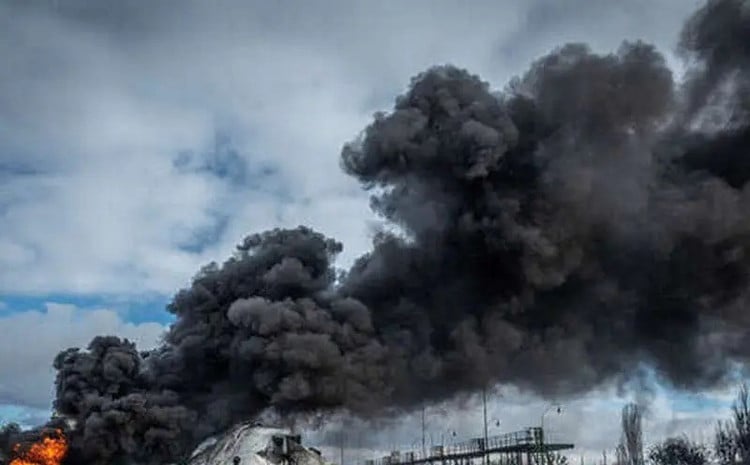
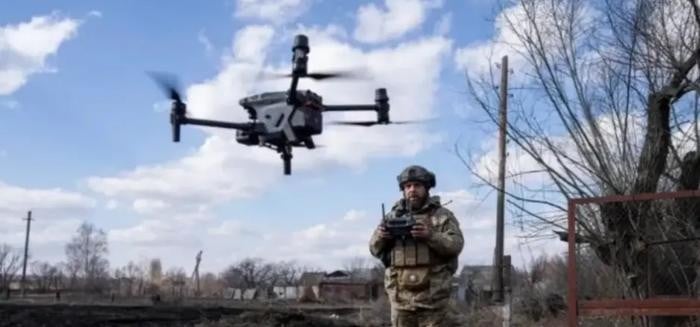
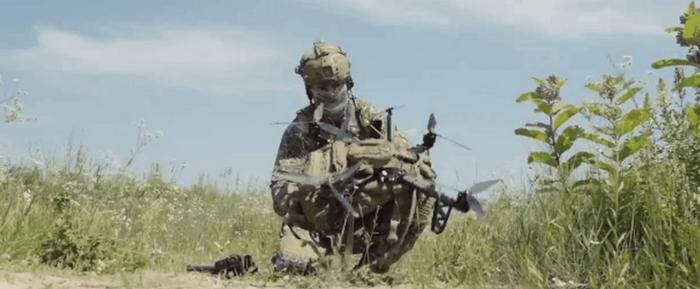
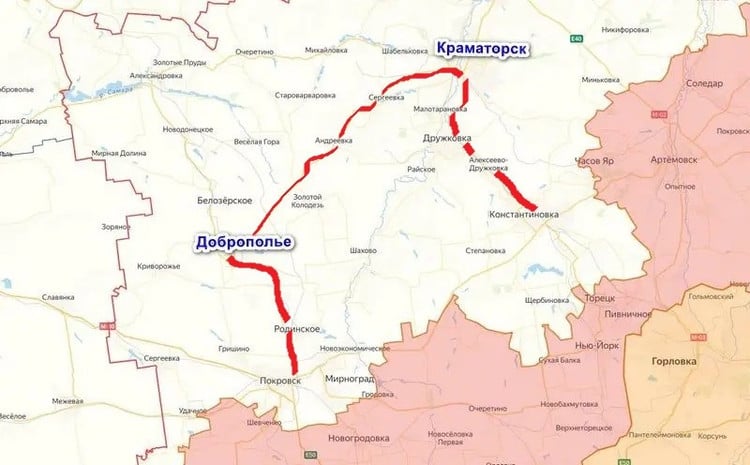
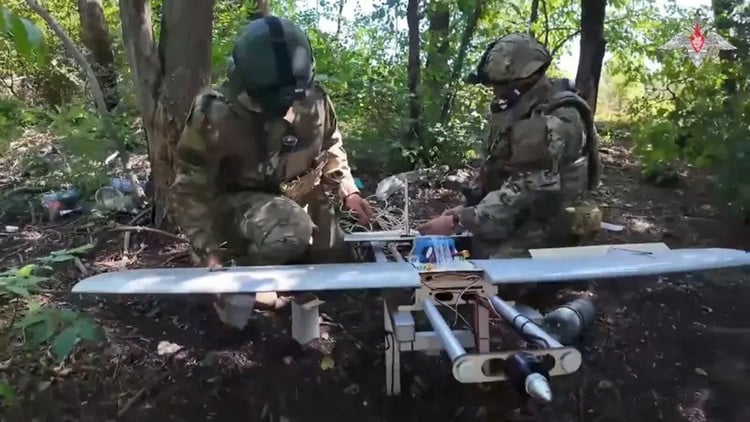
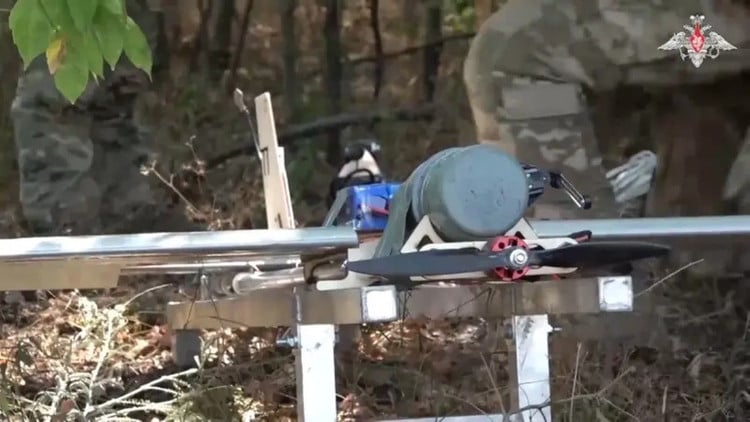
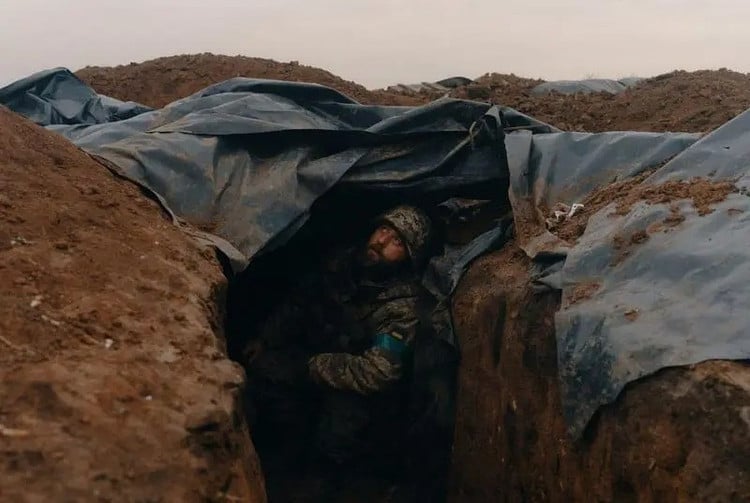
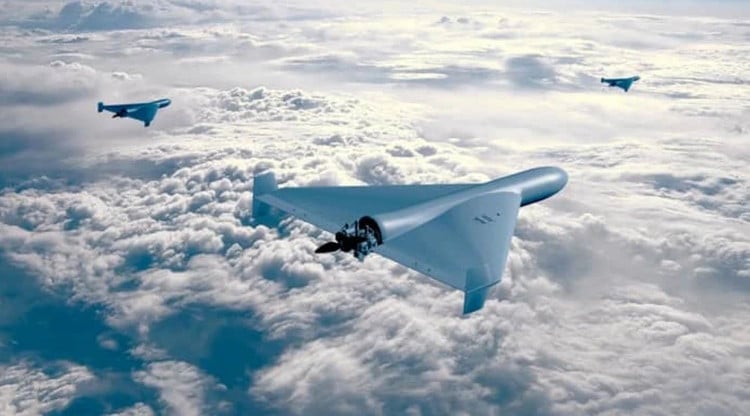

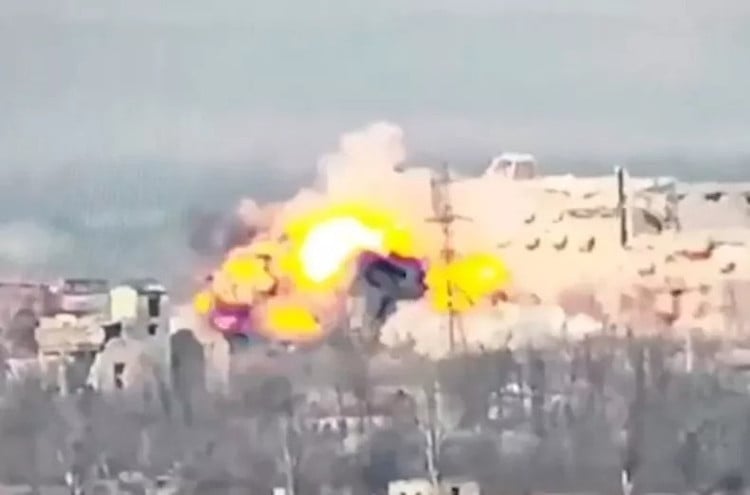
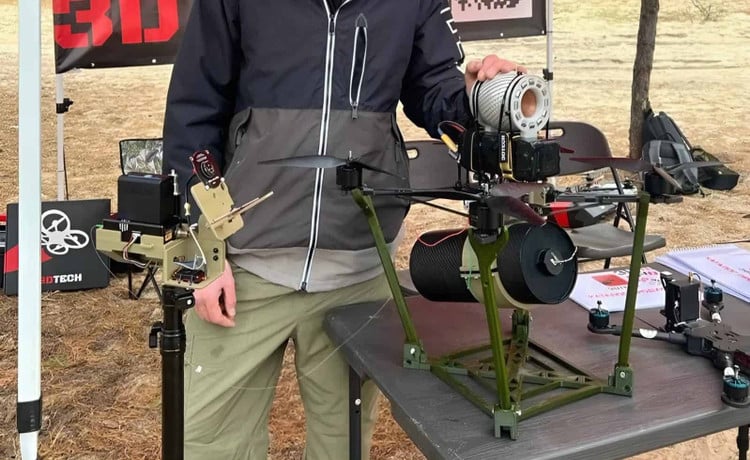

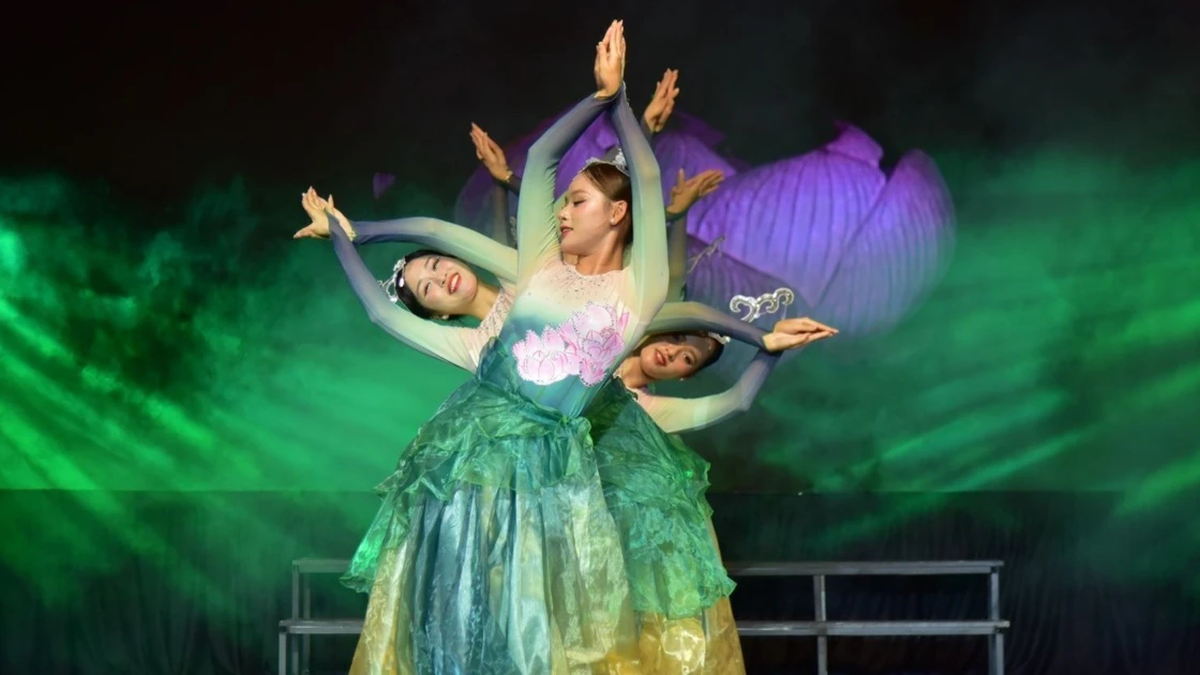
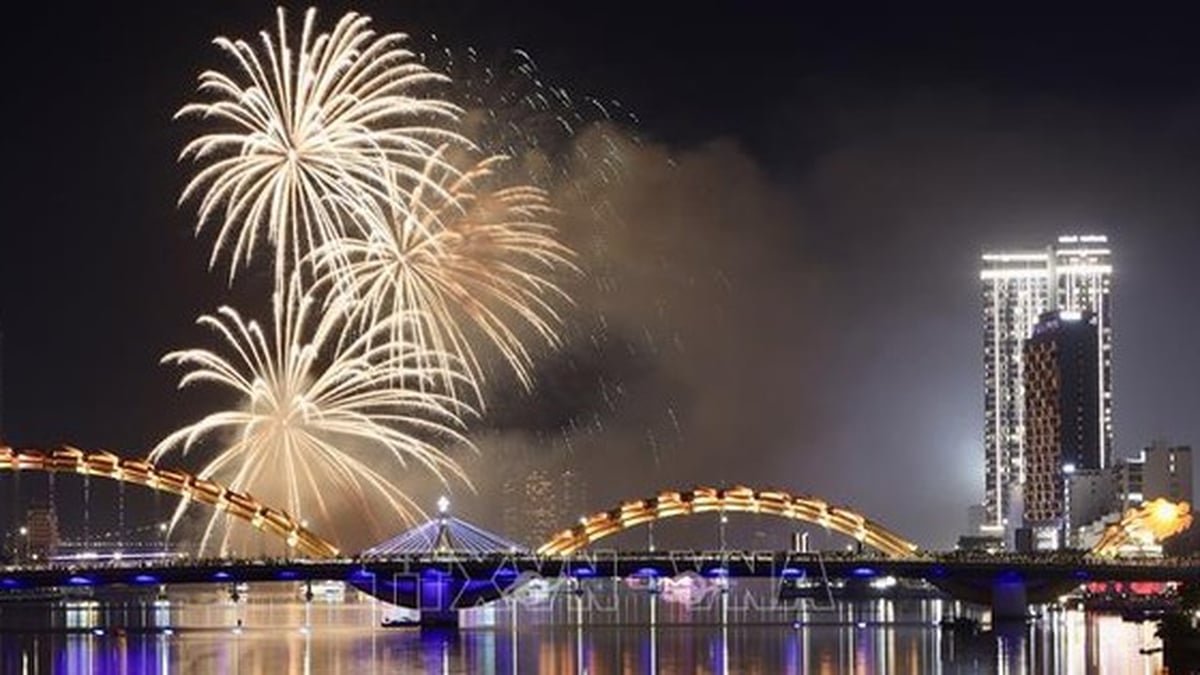
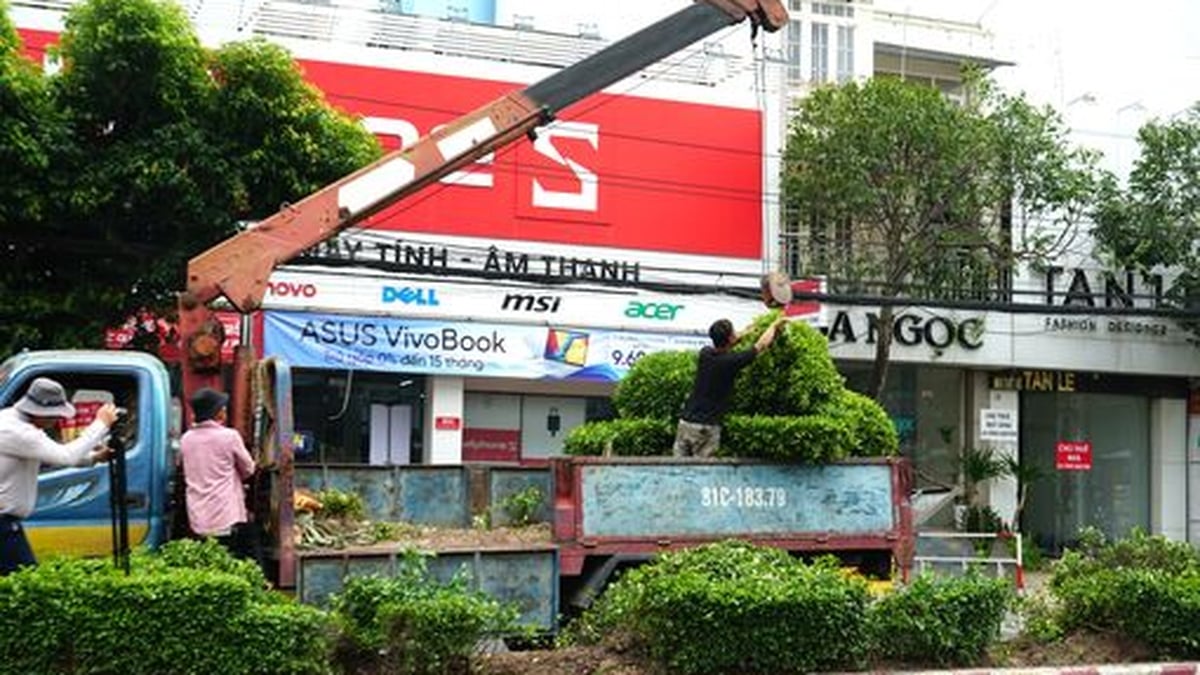
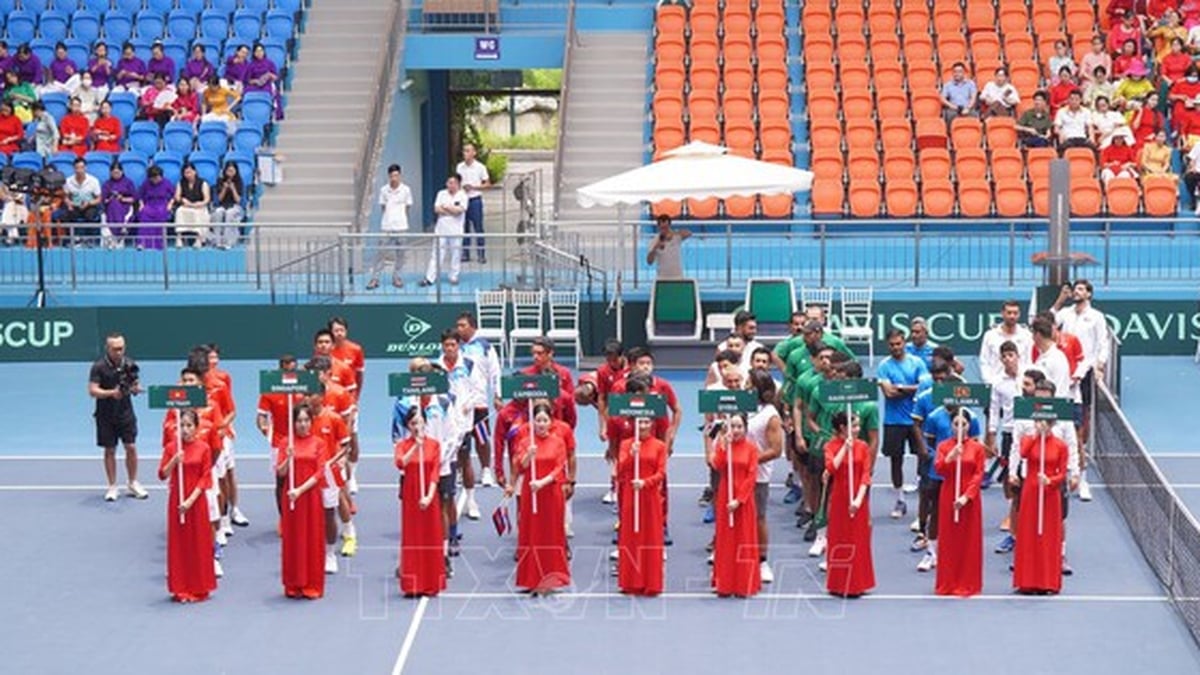
















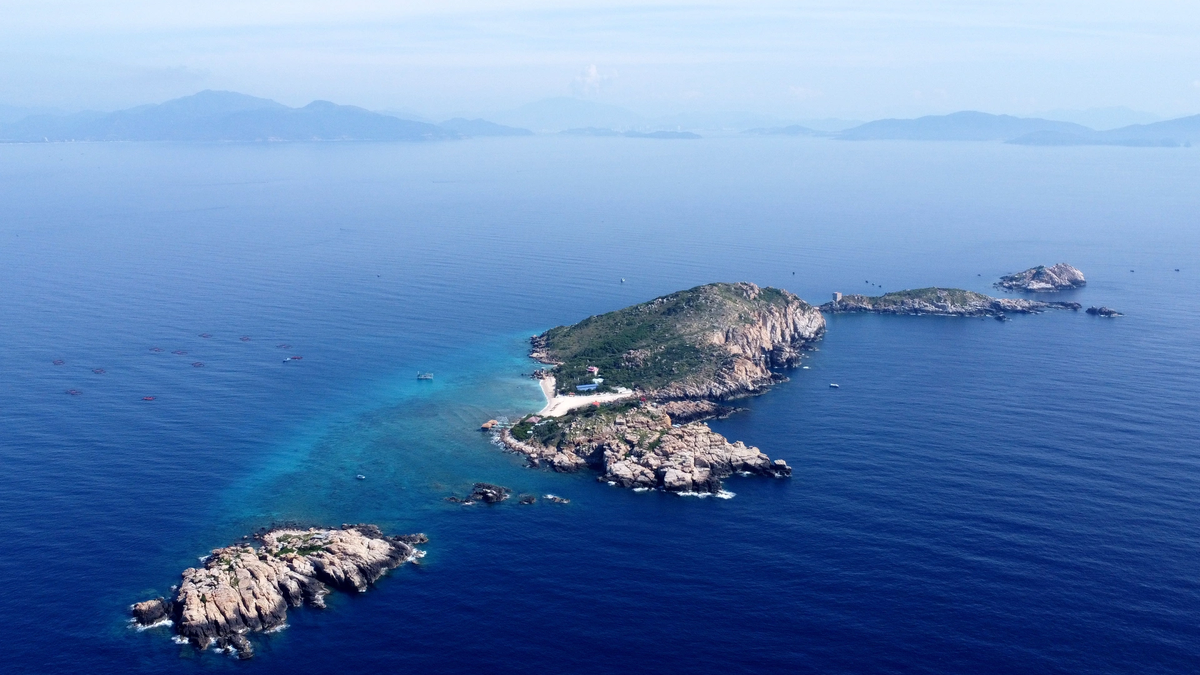
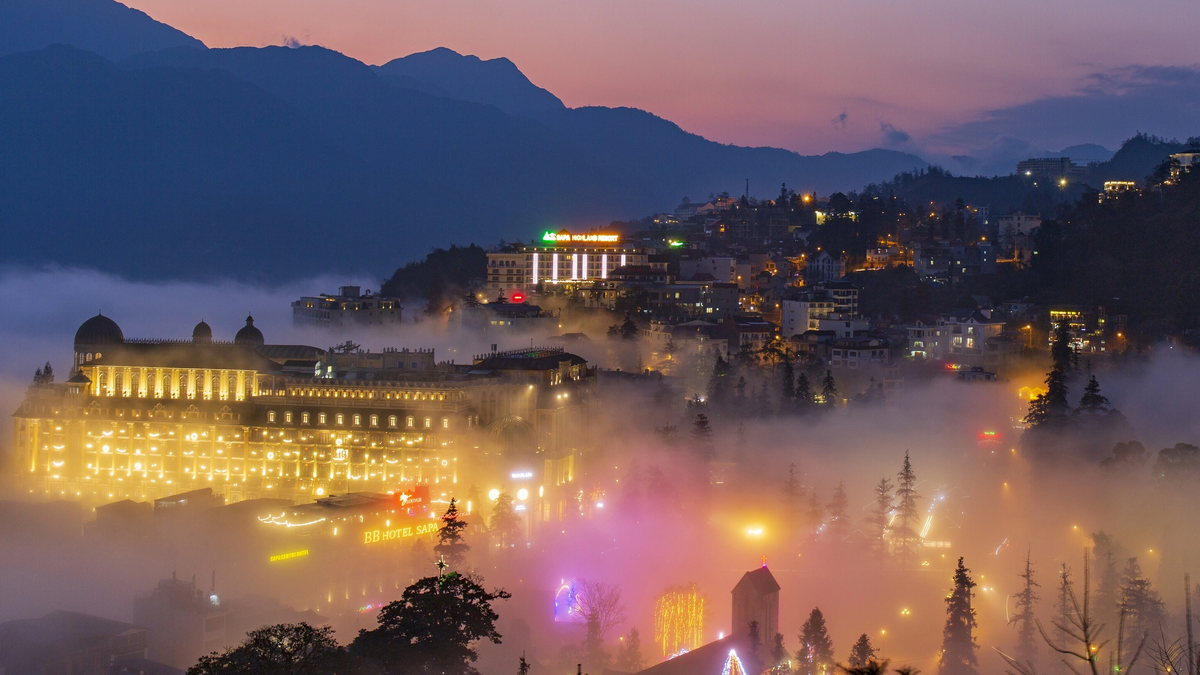
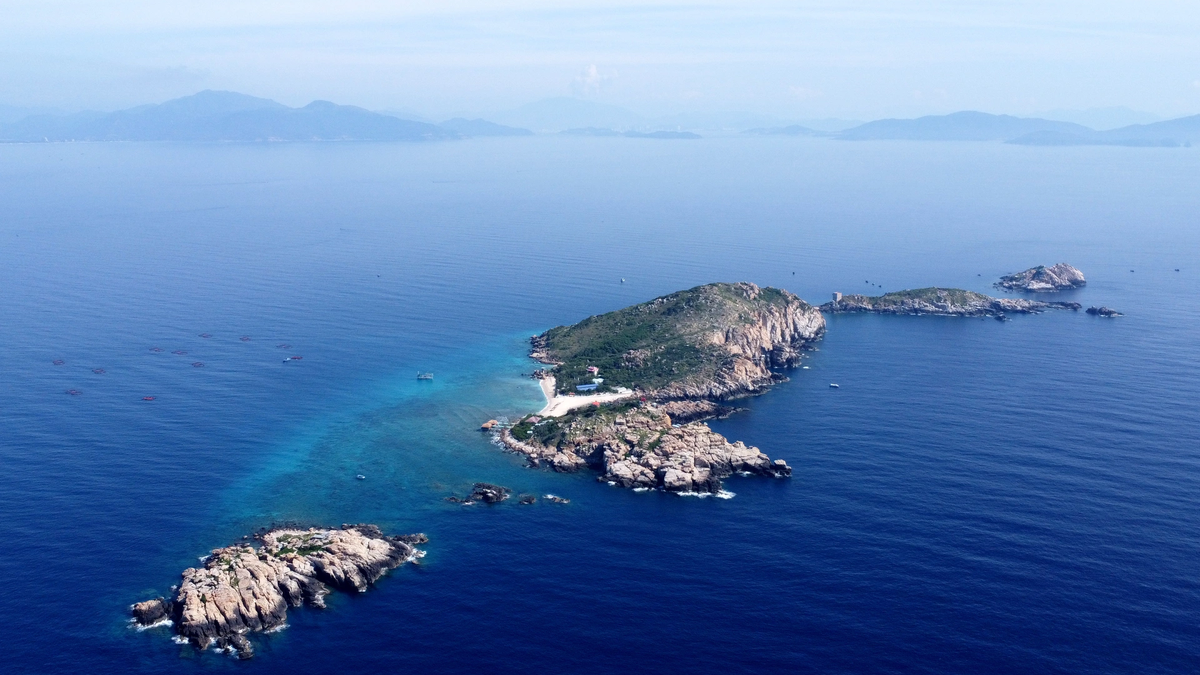

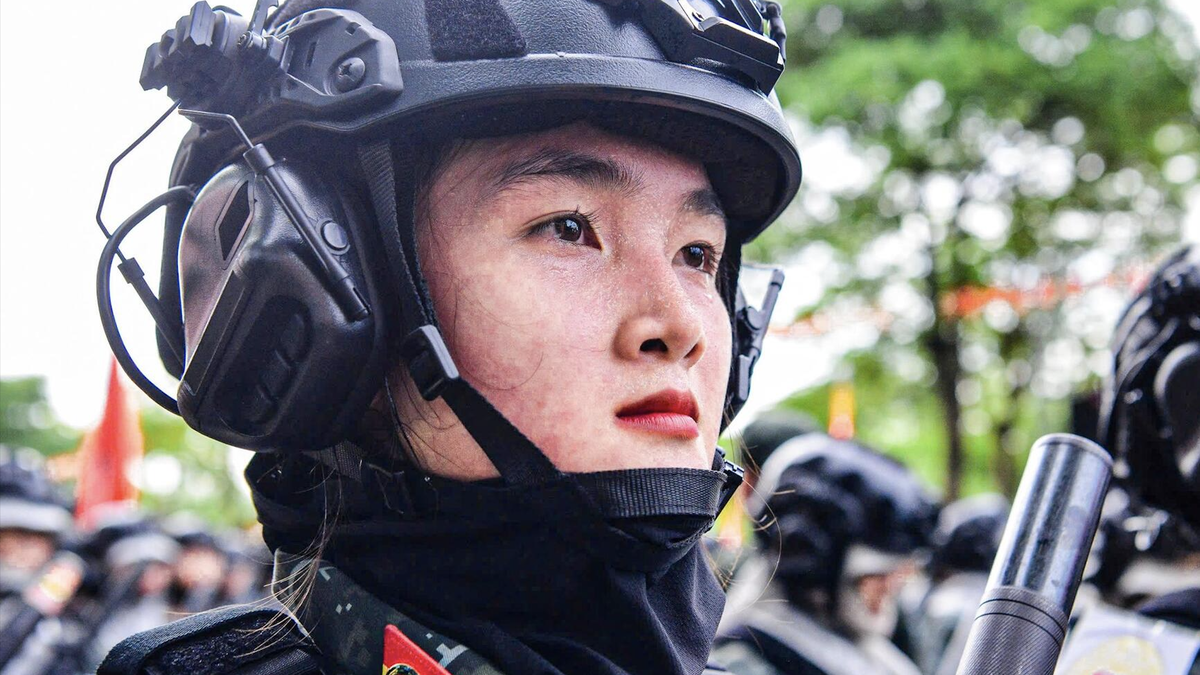
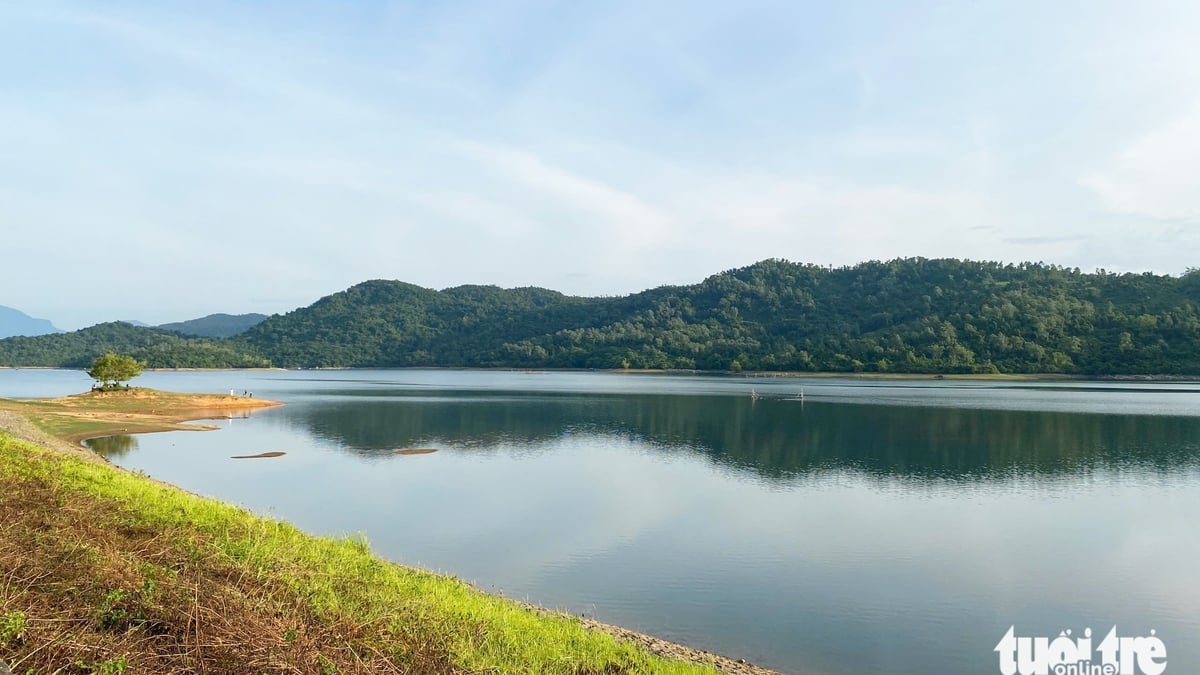





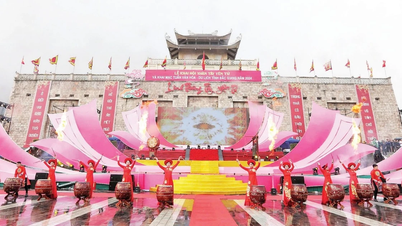





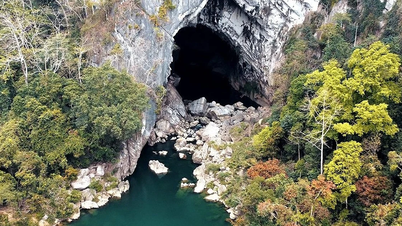




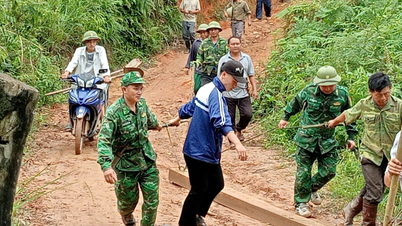

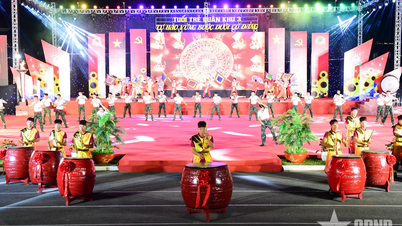
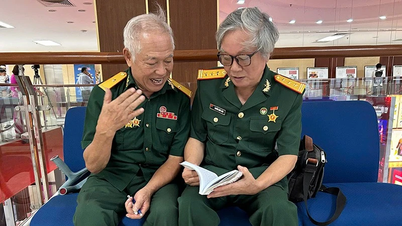


















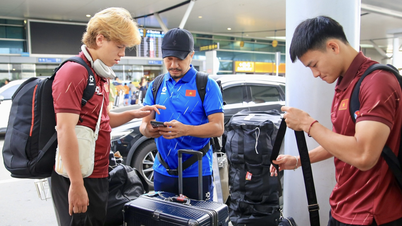
















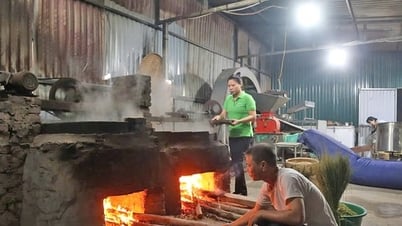












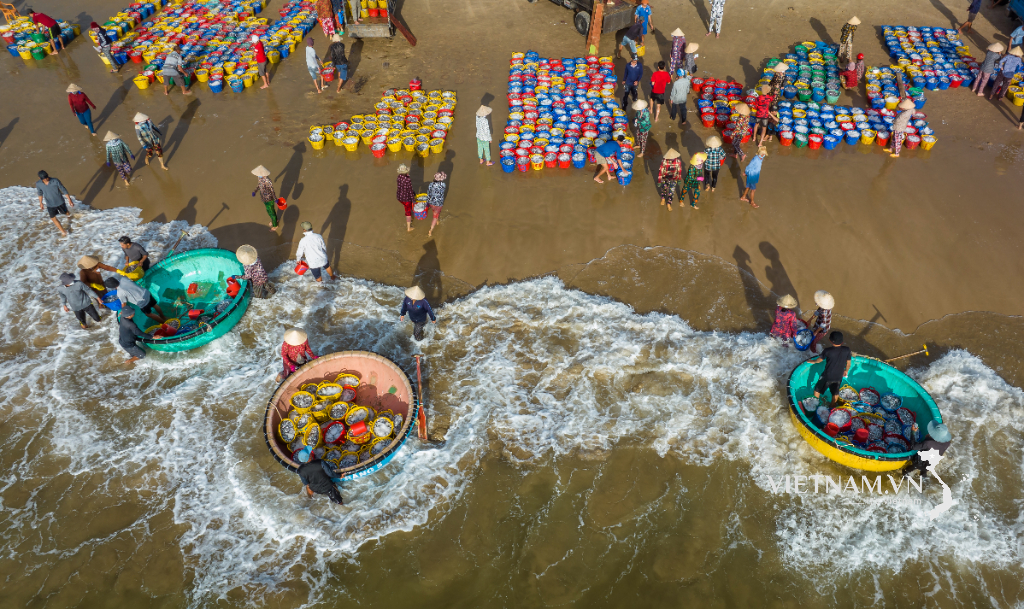


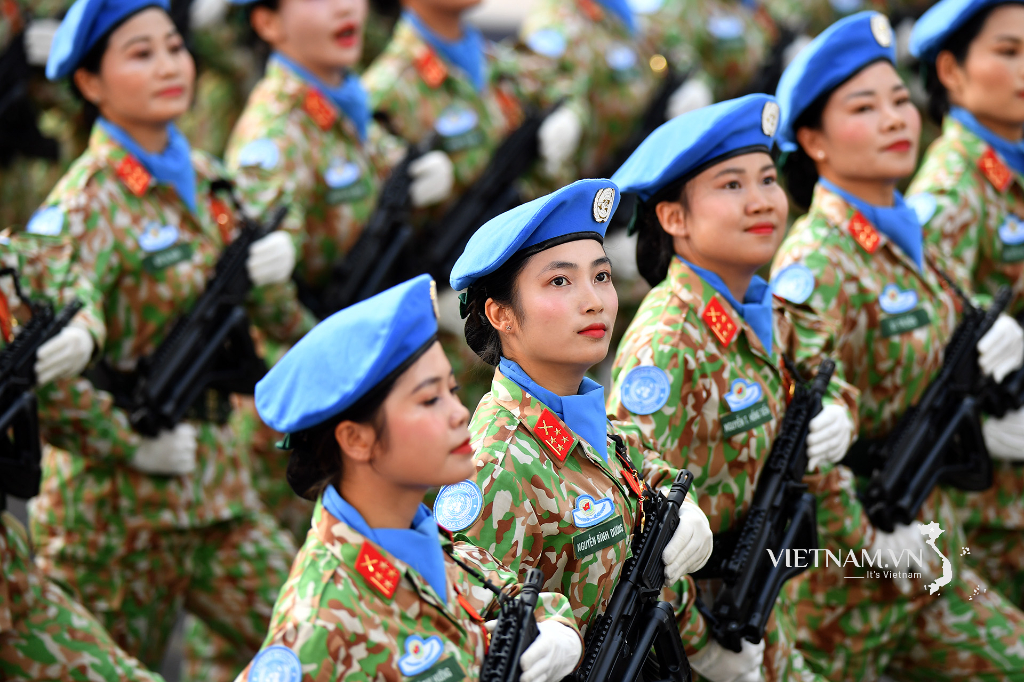
Comment (0)